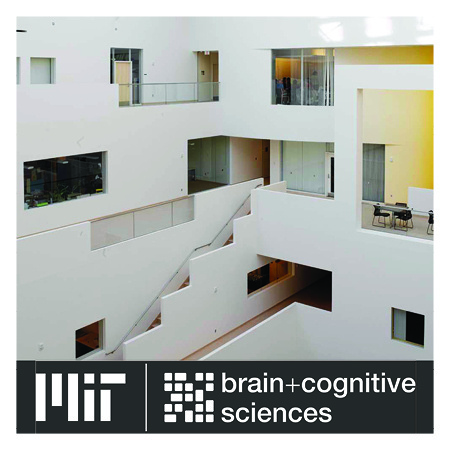
Thesis Defense: Lupe Cruz
Description
Abstract: Whether life-changing or mundane, the countless daily decisions we make all rely on our ability to assess information, select a response, and implement an appropriate action. While simple sensorimotor transformation processes are sufficient for selecting actions in response to passively salient stimuli, competing information and internal goals necessitate a means for voluntary control. In visual decision-making, a prefrontal-collicular circuit reflects both of these elements. In mice, the anterior cingulate area (ACA), a frontal cortical region, and the superior colliculus (SC), a highly conserved midbrain region, readily contain overlapping signals related to visuomotor behaviors and cognition, including visual attention. How might the interactions of these two regions facilitate visually guided decision-making? In this thesis, I sought to determine the specific contributions of the ACA and SC to visual decision-making in mice. Here, I describe an anatomical and electrophysiological characterization of this cortical-collicular circuit in naïve mice. I find that the ACA projections to the SC target the intermediate and deep layers and preferentially target the centromedial and centrolateral SC. While the ACA targets both excitatory and inhibitory neurons across the SC, GABA-ergic inputs to the lateral SC are overrepresented compared to other regions. Then, I establish a relationship between turning behavior in freely moving mice and trackball rotations by the forepaws in head-fixed mice. Using optogenetic modulation, I find that while inhibition of the SC reduces contraversive orienting in naïve mice, inhibition of the ACA and stimulation of the ACA-SC projection have no effect on spontaneous trackball turning. Finally, I establish a two-alternative forced choice task for head-fixed mice in which they report the location of target stimuli—while ignoring distractors—by rotating a trackball. I find that mice use both sensory and non-sensory strategies to make choices on this task in normal conditions. Optogenetic perturbation reveals distinct but complementary roles for the ACA and SC in visual decision-making. Inactivation of the SC reduces contraversive responses via a change in response threshold on a given trial, with no effect on trial-to-trial strategy. ACA inactivation leads to a stimulus-dependent increase in erroneous contraversive responses, largely due to perceptual sensitivity; moreover, ACA inactivation impairs performance on subsequent trials, suggesting that the ACA may bias sensory perception over multiple trials. Finally, activation of the ACA-SC projection reduces performance across stimuli and decreases trackball velocity on difficult trials- an indication that the ACA can flexibly suppress responses to distractors across stimulus sets, and that it has a role in decision-confidence. Overall, this work suggests that the ACA employs selective, flexible modulation of collicular orienting circuits to promote the selection and suppression of actions in accordance with task goals.

